These unforgettable California spots became the backdrop of Hollywood’s biggest moments.

California’s landscape isn’t just pretty—it’s the silent co-star of some of the most iconic movies of the past two decades. From sun-drenched beaches to eerie deserts and sprawling cityscapes, filmmakers have leaned hard on the Golden State’s natural charisma. These places aren’t just filming locations. They’ve helped set the mood, tell the story, and sometimes even steal the scene right out from under the actors.
Each stop on this list helped shape unforgettable moments in modern movie history. If you’ve ever found yourself glued to the screen, soaking in a stunning backdrop without realizing why it felt so familiar or powerful, there’s a good chance California had something to do with it. You don’t have to be a film buff to appreciate how these eleven locations brought the magic to life—you just have to know where to look.
1. Griffith Observatory made stars out of more than just the cast.
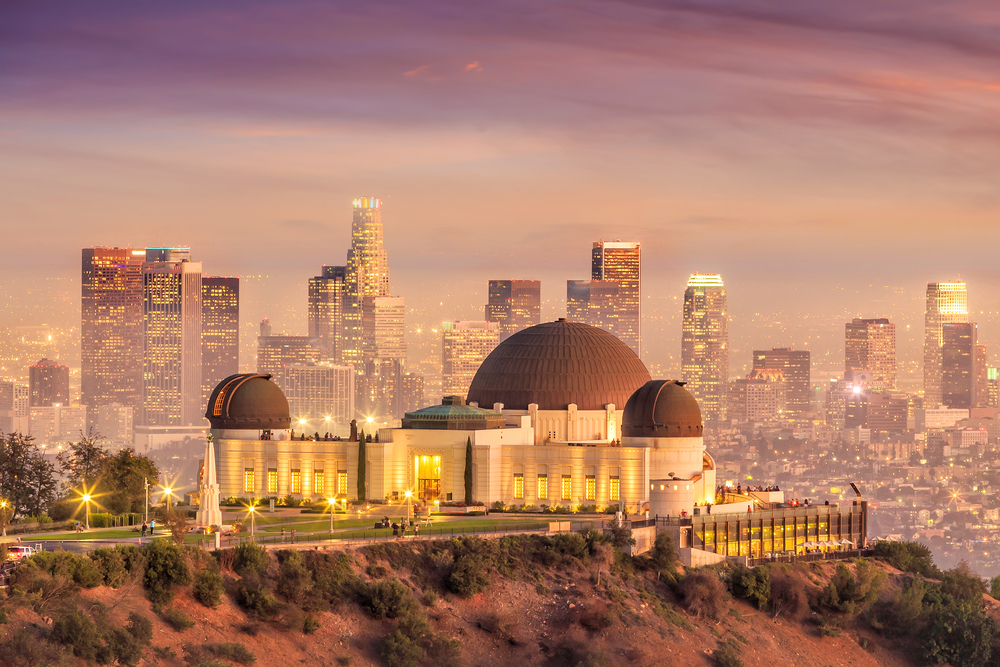
Perched high above Los Angeles, the Griffith Observatory gave La La Land (2016) one of its most spellbinding scenes, according to Elaine Lipworth at Cathay Pacific. When Mia and Sebastian danced among the stars—both metaphorically and literally—it felt like something more than a romantic moment. That dreamy interlude turned the city itself into a character, draped in twilight and possibility. And while the actors drew you in, the observatory’s sweeping views anchored that cinematic fantasy in reality.
But Griffith isn’t new to the spotlight. It’s been captivating audiences since Rebel Without a Cause (1955), and in recent decades, it’s made appearances in Terminator, Transformers, and Yes Man. Its classic dome and sweeping lawn make it the perfect shorthand for wonder, curiosity, and a touch of Hollywood nostalgia. Standing there, you get why directors return again and again. It’s not just about the skyline—it’s about capturing that rare feeling that anything might be possible.
2. San Francisco’s Golden Gate Bridge adds instant tension and beauty.
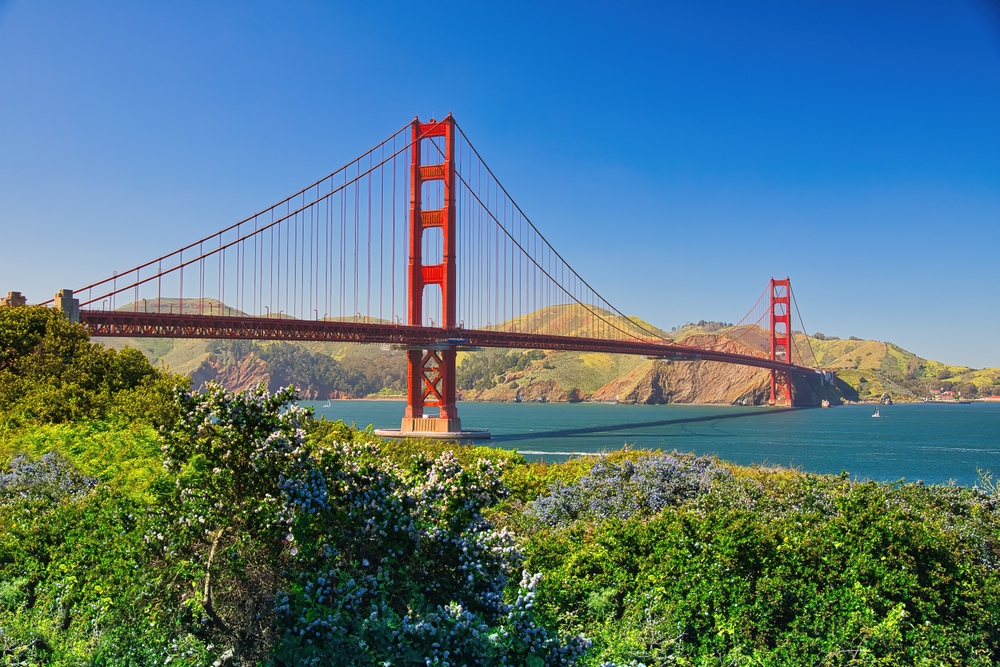
If disaster’s about to strike or a character’s world is about to change, odds are the Golden Gate Bridge is nearby. In Rise of the Planet of the Apes (2011), the bridge was more than a passage—it was a battleground between man and evolving intelligence, as stated by Caroline Aranha at Planet of Apes Fandom Wiki. With fog creeping in and the vast red structure looming large, it turned a chase into something epic and symbolic.
But it’s not all chaos and collapse. The bridge has also lent grace to quieter films like Blue Jasmine (2013), where it shimmered in the distance, a silent reminder of grandeur and fall. Its visual punch comes from how recognizable and emotionally charged it is. Viewers instantly understand the stakes when it’s on screen. It’s both majestic and vulnerable, a piece of engineering that doubles as emotional shorthand in a hundred different ways.
3. Redwood National Park turned alien worlds into reality.
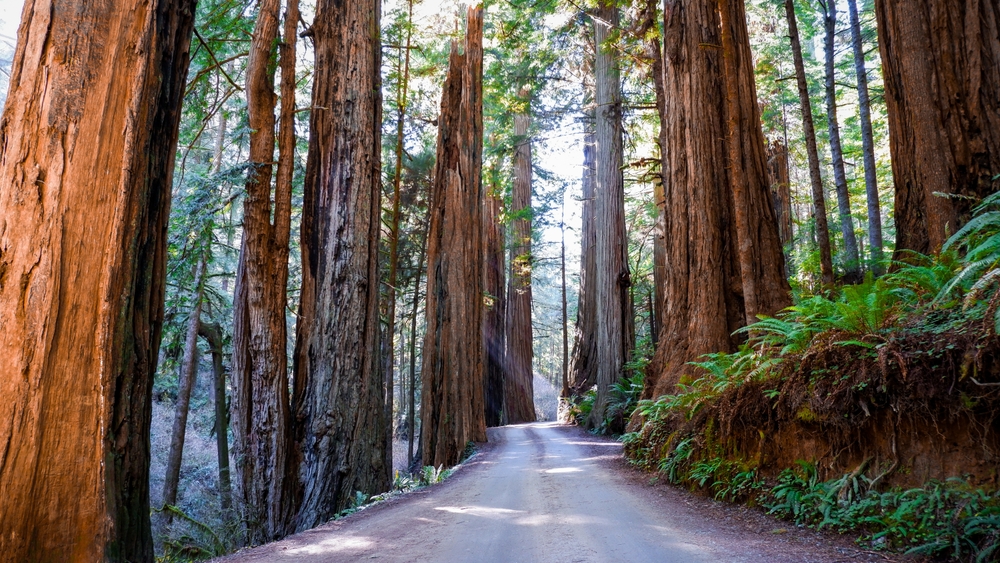
In Star Wars: Episode VI – Return of the Jedi, the towering redwoods of Northern California became the moon of Endor, as mentioned by writers at Giggster. And while that scene predates our 20-year window, the park has kept working its magic in newer films like Annihilation (2018) and A Wrinkle in Time (2018). These trees don’t just suggest awe—they embody it. They make you feel small, overwhelmed, and somehow deeply connected to something ancient.
It’s easy to see why directors keep coming back. No special effect matches the quiet grandeur of these giants. When a character walks beneath them, they’re instantly humbled, no matter how tough or powerful they are. That’s cinematic gold. The redwoods have played mysterious, magical, and even menacing roles—without a single line of dialogue. They just are, and that presence can shift an entire story’s mood.
4. Salvation Mountain added surrealism to gritty stories.
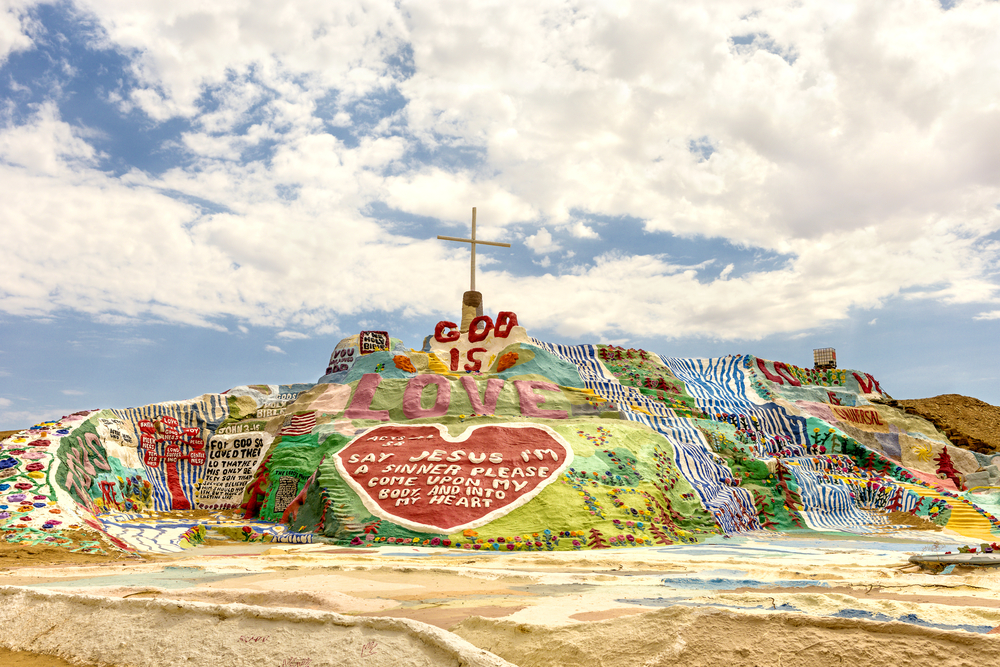
Out in the California desert, Salvation Mountain looks like a dream someone painted on the side of reality. Covered in bright colors, religious messages, and handmade art, it’s featured in Into the Wild (2007) as a place of peace and spiritual searching. Its quirky beauty made it unforgettable—and deeply human.
The mountain’s raw, off-the-grid vibe also lent authenticity to scenes that needed a hint of wildness without feeling fake. You can’t replicate this kind of setting on a soundstage. It speaks to freedom, individuality, and a defiant kind of hope. For indie films and documentaries, it’s become a magnet. It’s not just a location—it’s a mood. And once you’ve seen it on screen, you never really forget it.
5. The Los Angeles River gave grit and speed to action thrillers.
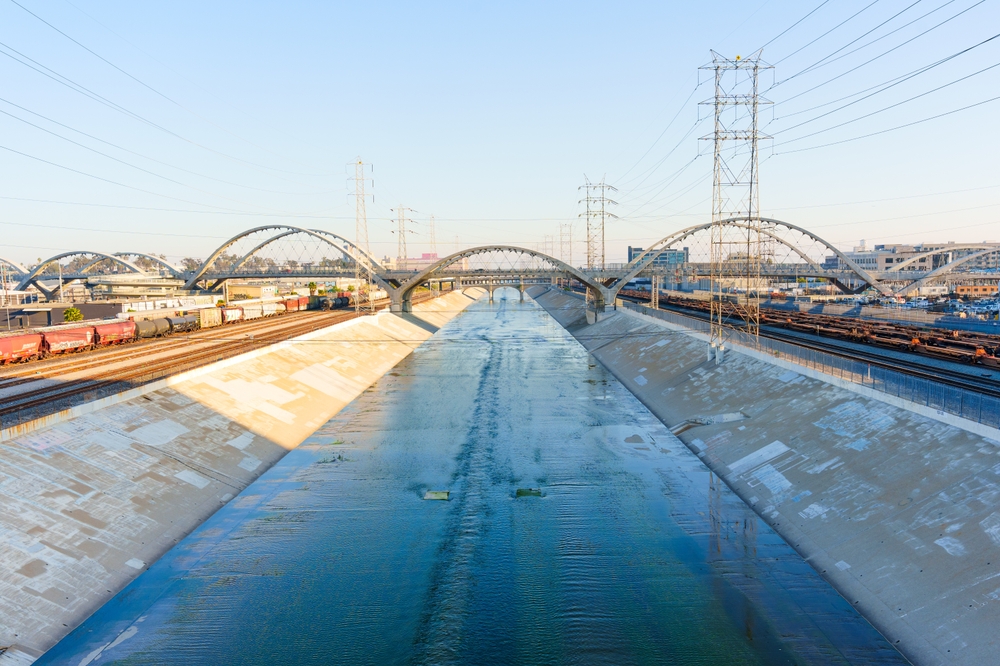
For something that usually just trickles with water, the LA River sure knows how to deliver adrenaline. In Drive (2011), it was the backdrop for high-speed intensity, a place where style met danger under the glare of urban sprawl. With its concrete banks and industrial edge, the river turned a car chase into a ballet of tension.
The same stretch appeared in The Dark Knight Rises (2012) and Gone in 60 Seconds (2000s reboot), proving it’s a favorite for directors who want that mix of raw, urban drama. There’s something deeply cinematic about its long, curving concrete spine—it feels lawless and iconic all at once. It doesn’t try to look pretty, and that’s what makes it powerful. It’s LA stripped down, and when characters are in that space, you know something real is about to go down.
6. Santa Monica Pier gave emotional weight to lighthearted films.
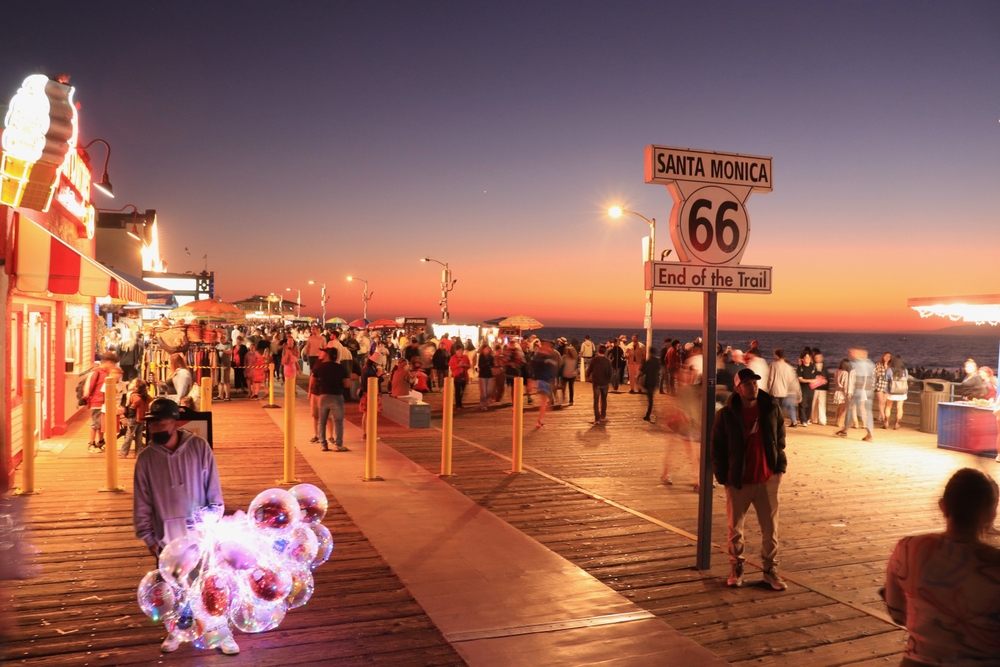
You’ve seen the Ferris wheel. You’ve heard the waves. And if you’ve watched The Hannah Montana Movie (2009), Iron Man (2008), or even Her (2013), you’ve felt the pier’s unique blend of whimsy and melancholy. It’s not just a tourist attraction—it’s a crossroads of longing, escape, and big turning points.
Santa Monica Pier works because it brings contrast. Bright lights spin while heavy conversations unfold. Waves crash below people having existential crises. It lets a scene feel grounded while keeping the door open for magic. Characters go there to think, argue, or fall in love. And every time, it adds something bittersweet to the frame. It’s not just where scenes happen—it’s where they mean something.
7. El Matador Beach turned romance into something cinematic.
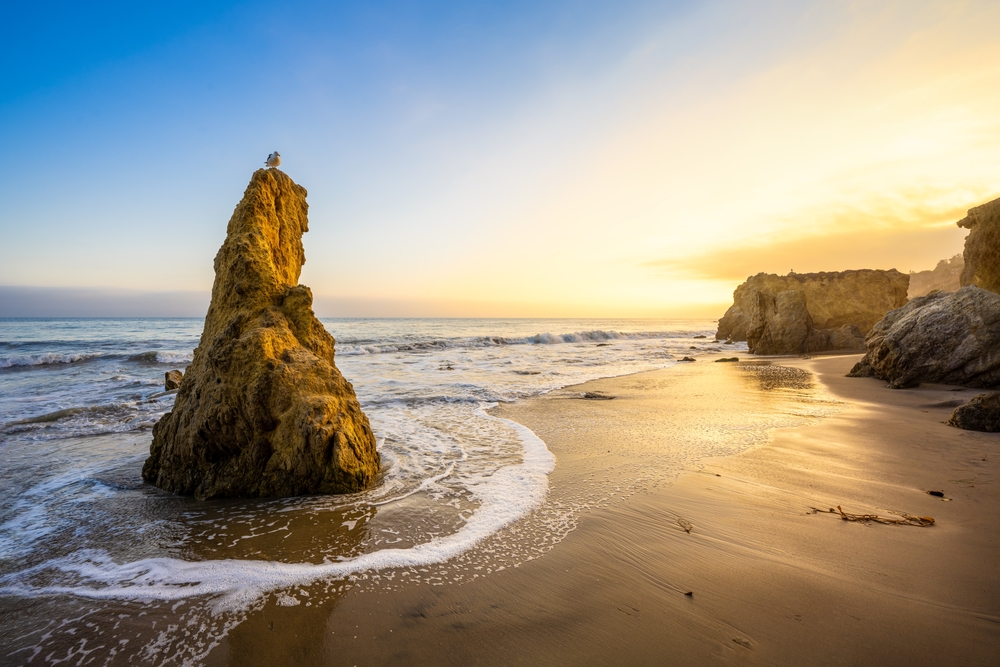
El Matador Beach in Malibu might be the most visually stunning stretch of sand in California—and Hollywood knows it. In The Notebook (2004), it added dreamlike romance to an already passionate storyline. In more recent years, it’s shown up in music videos, fashion shoots, and films like The Bling Ring (2013), proving it’s a visual chameleon.
What makes it so useful for storytelling is how it feels private and raw, even though it’s well known. The sea stacks, caves, and crashing waves create natural drama. When characters meet here, it’s not casual—it’s pivotal. There’s a timelessness to the place, as if it belongs to some other world just barely clinging to this one. It’s where big feelings go to breathe.
8. Vasquez Rocks brought sci-fi swagger to Earth-bound stories.
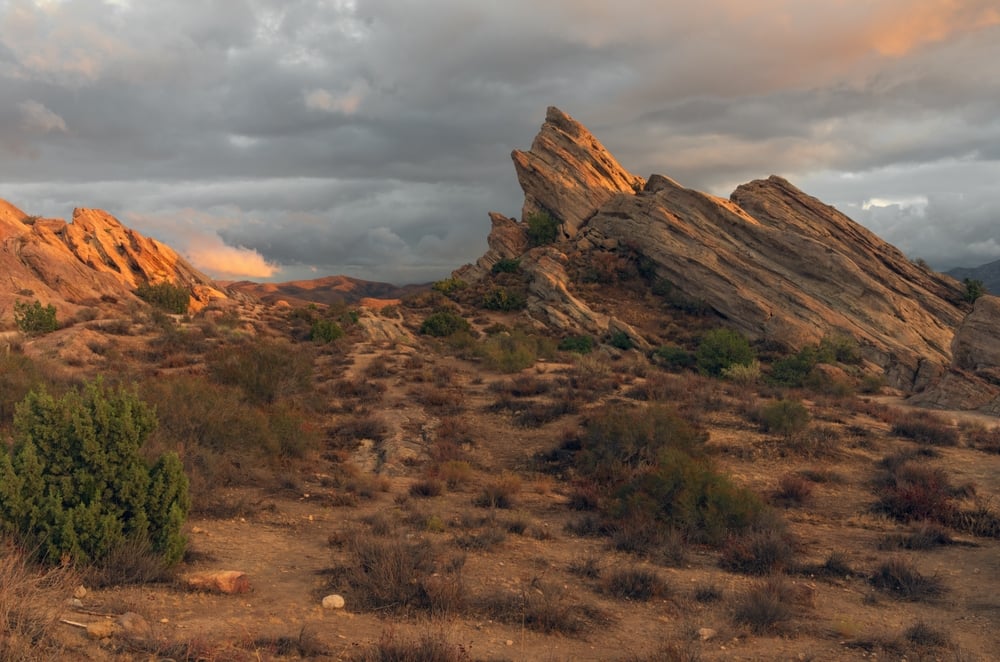
With its jagged angles and alien feel, Vasquez Rocks near Agua Dulce doesn’t look like anywhere else on Earth—so naturally, it’s been used as a stand-in for alien planets. While famous for older films and Star Trek episodes, it’s kept its cred in newer features like John Carter (2012) and Paul (2011), giving fantasy and comedy films a striking backdrop.
It’s not just for genre pieces, though. Even in dramas and thrillers, Vasquez Rocks gives a jolt of visual impact. The rocks feel ancient, stubborn, and surreal. They suggest confrontation, reflection, or escape. Their physical angles give energy to a shot without needing much movement. And once you’ve seen them, they stick with you—a strange, silent witness to whatever story they’re supporting.
9. Chinatown alleys in Los Angeles brought noir back to life.
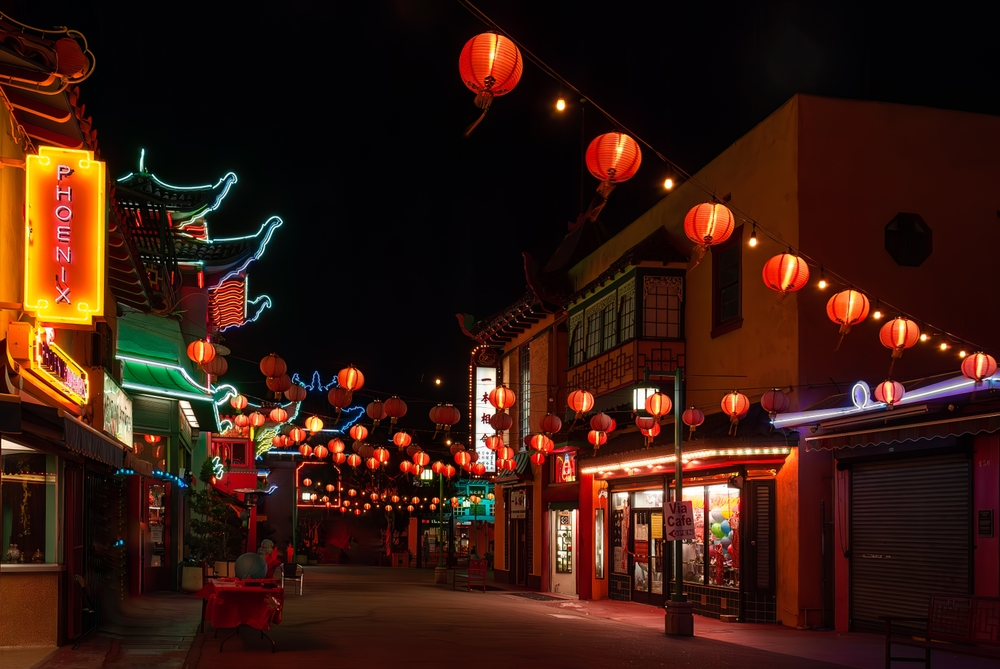
Neo-noir owes a lot to the alleys of LA’s Chinatown. In films like Kiss Kiss Bang Bang (2005), Drive (2011), and Nightcrawler (2014), these narrow, neon-lit lanes added claustrophobia and cool. There’s tension in every corner, and the visual palette screams mystery.
These aren’t big, showy sets. They’re real spaces, and that gives them texture. You can almost feel the humidity, smell the noodles, hear the distant chaos of the city. Directors use this setting when they want their characters boxed in, both physically and emotionally. It’s a great place for secrets and double-crosses, a space where nobody’s watching—but everyone could be. These alleys don’t just frame noir—they are noir.
10. Joshua Tree infused indie films with spiritual weirdness.
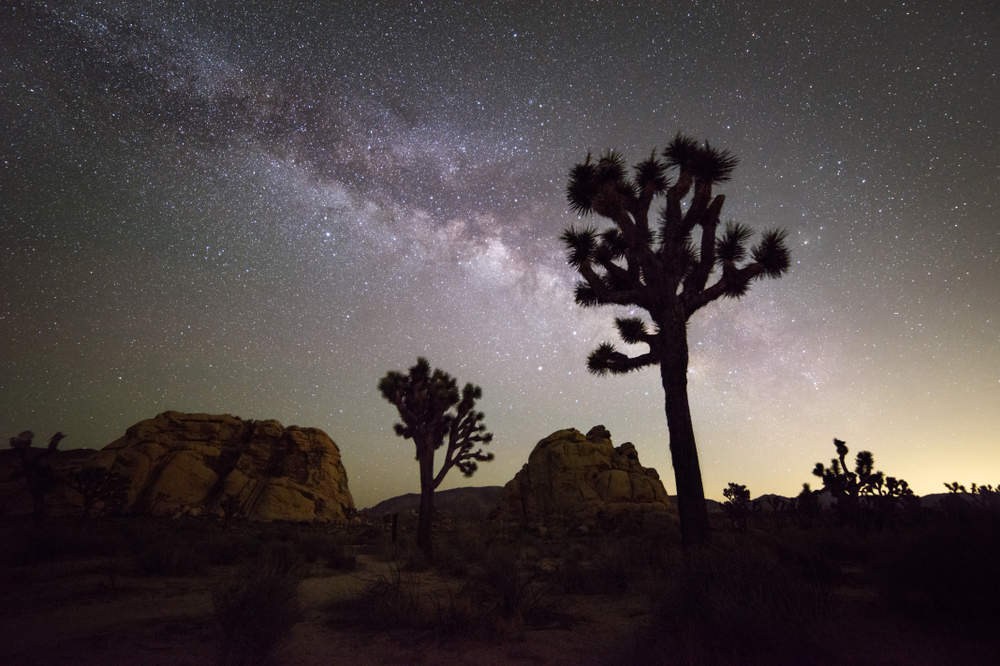
Joshua Tree isn’t just a desert. It’s a head trip. Directors looking for isolation, revelation, or a dose of beautiful weirdness keep coming back. In Seven Psychopaths (2012), its strange stillness sharpened the film’s absurd edge. In Nomadland (2020), its quiet stretches gave space for soul-searching and grief.
The otherworldly boulders and hauntingly sparse horizon turn every shot into a mood. Nothing feels easy here. It’s a place of challenges—emotional, physical, even existential. And because it’s so recognizable, it carries its own meaning. When a character walks through Joshua Tree, you know they’re searching for something. You just don’t know if they’ll find it. That’s part of the appeal—it reflects the unknown back at you.
11. Hollywood Boulevard reminded us where the magic began.
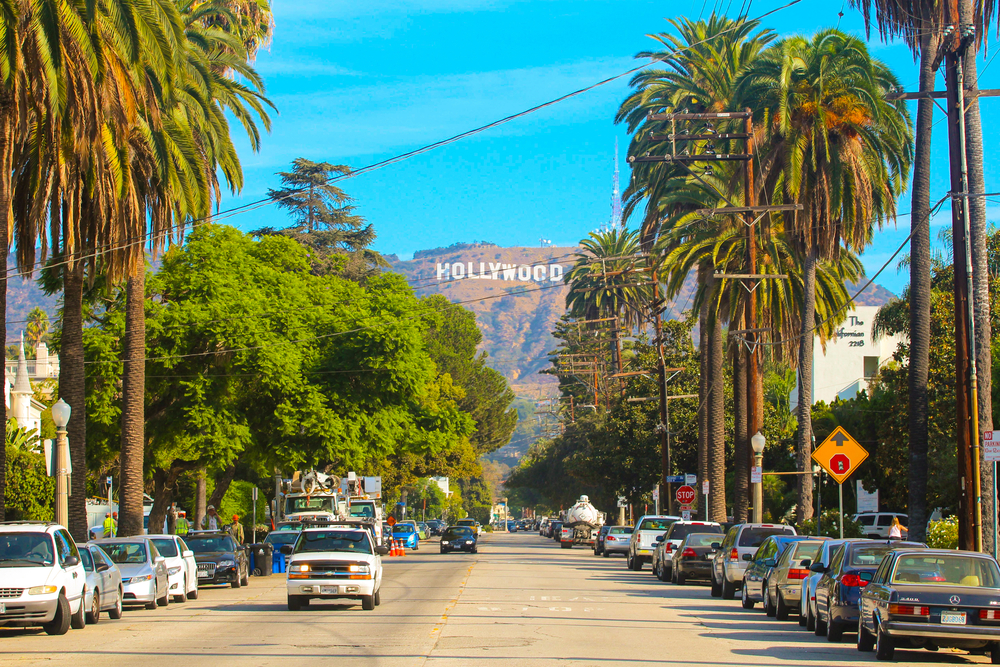
Yes, it’s cliché. But sometimes clichés are true. Hollywood Boulevard, with its Walk of Fame and gritty-glam energy, shows up again and again for a reason. In Once Upon a Time in Hollywood (2019), Tarantino used it to time-travel. In Hail, Caesar! (2016), it glowed with retro sparkle. And in Birdman (2014), it buzzed with ambition, delusion, and the hunger for fame.
This place is loud and messy, but it pulses with film history. When a character walks its cracked sidewalks, you feel the layers beneath their feet—dreams made and broken, moments immortalized in lights. It’s not just a place—it’s a promise. Or maybe a warning. Either way, when the camera pans across Hollywood Boulevard, it’s like cinema looking in the mirror. And sometimes, it doesn’t like what it sees.
